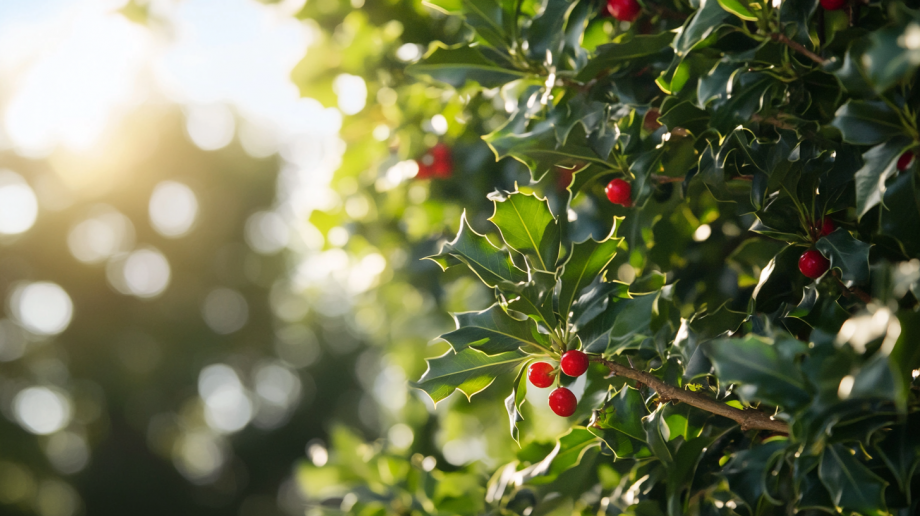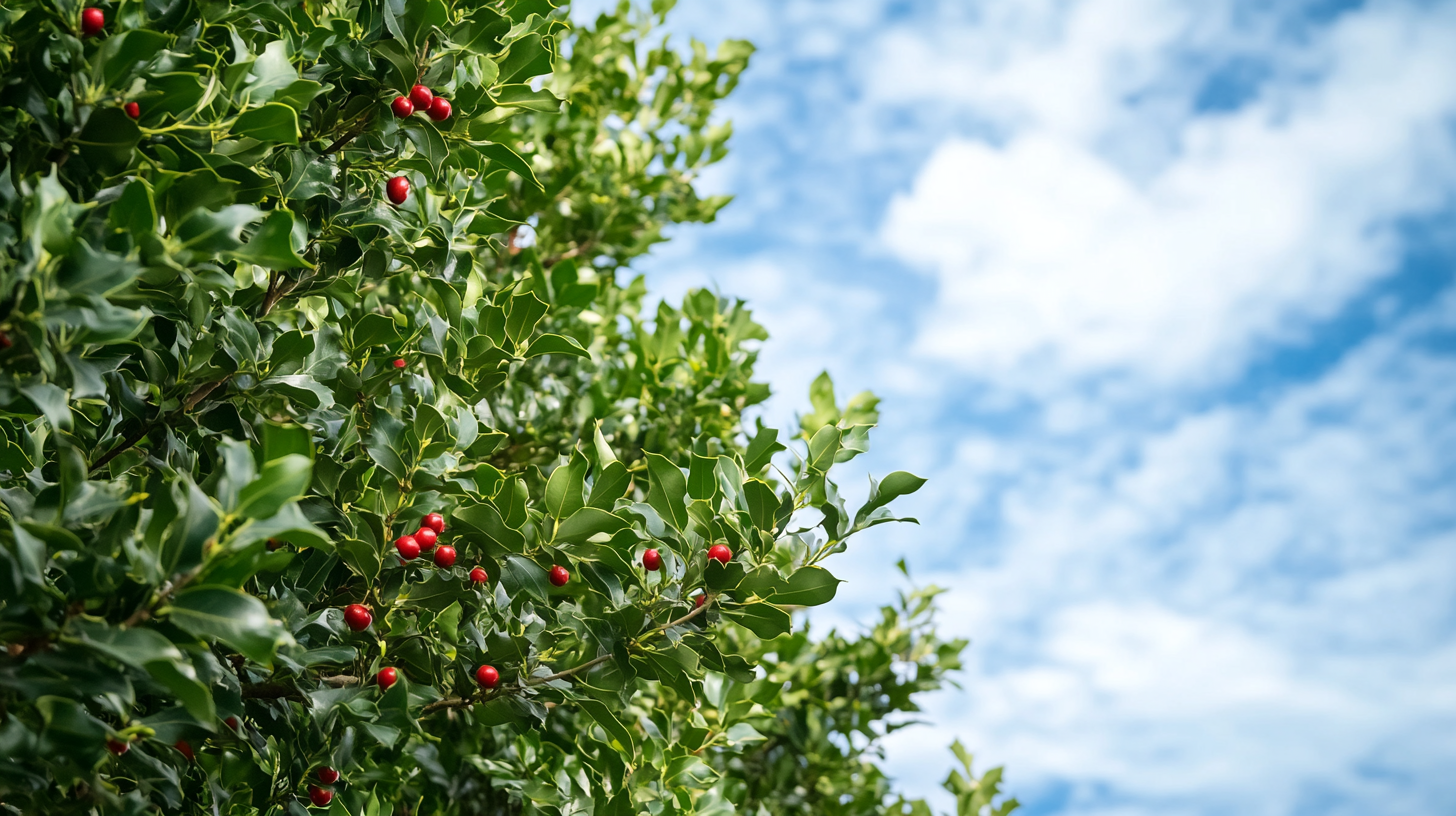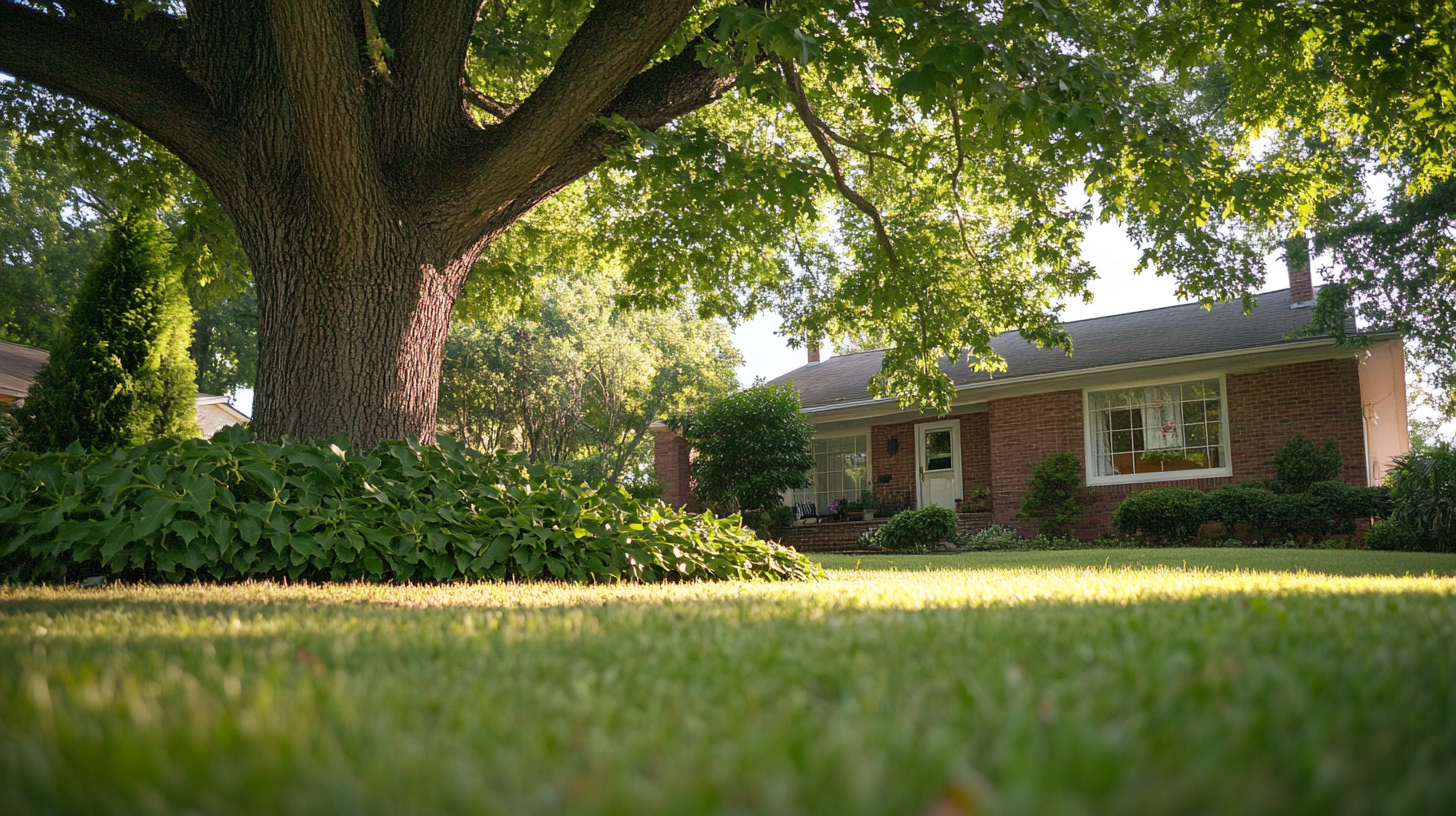
Can You Cut Off The Top Of A Holly Tree? (Explained)
So, you’ve got this beautiful holly tree in your yard, and it’s been growing like crazy. Maybe it’s getting a bit too tall for your liking, or you’re worried it might start blocking your view.
You might be thinking, “Hey, why don’t I just cut the top off and call it a day?”
Well, you technically can cut off the top of a holly tree – but it’s not the best idea.
So before you go all Edward Scissorhands on your holly, take a minute and read this post.
In this post, I’ll break down the consequences of cutting off the top (aka topping) a holly tree, and what you should do instead.
Should You Cut Off The Top Of A Holly Tree?
Cutting off the top of a holly tree, or any tree for that matter, is not recommended.
This practice is called “topping” and it can cause a bunch of problems for your tree that will compromise its health, structure, and overall appearance.
Let me go over some of these in more detail:
Also Check Out Our Midlothian Tree Services!
Weak Growth And Suckers
When you chop off the top of your holly tree, you’re basically removing its main growing point.
The tree doesn’t like that very much, and it goes into panic mode and starts growing a ton of suckers or new shoots below where you cut.
They grow fast but the problem is they’re not very strong.
They’re usually thinner, weaker, and more spindly than the original growth. These would probably snap when the wind picks up or when snow and ice pile on during winter.
Plus, these suckers make your tree look messy and unkempt.
Unattractive Look
One of the reasons we love holly trees is their natural, pyramidal shape.
It’s classic, it’s elegant, and it just looks right.
But when you lop off the top, you’re essentially giving your tree a bowl cut. Remember those? Not a great look on people, and definitely not great on trees either.
What you end up with is a flat-topped or oddly bushy tree that looks out of place and unnatural.
It can make your whole yard look off and takes away from the holly’s natural beauty.
Top-Heavy Tree
This is a problem you might not see coming right away.
As your holly tries to recover from the topping with all those new branches, the upper part of the tree can get really dense – making the tree top heavy.
This extra weight up top puts a lot of stress on the lower branches and the trunk.
Over time, this can break branches or even make the whole tree more likely to topple over in strong winds.
More Prone To Pests And Diseases
Topping creates big wounds that can take forever to heal, if they even heal at all.
These open wounds are like rolling out the red carpet for pests and diseases to come on in and make themselves at home in your tree.
Topped holly trees are more likely to get infested or infected.
Fungi, bacteria, and wood-boring insects can all take advantage of these entry points, potentially leading to decay or disease that can spread throughout the tree.
In the long run, this can seriously shorten your holly tree’s lifespan.
Prune Instead!

Now that we’ve covered all the reasons why topping isn’t great for your holly tree, you might be wondering, “Well, what am I supposed to do then?”
Do some proper pruning instead!
It’s a much kinder way to keep your tree in shape and looking good.
Plus, it’s better for the tree’s health in the long run.
If you do decide to prune your holly tree, the best time to do so is in late winter or early spring before new growth begins.
How To Prune A Holly Tree
Now, let me show you how to prune a holly tree.
Don’t worry, it’s not as complicated as it might seem. Just follow these steps:
Step 1: Gather Your Tools
First things first, you need the right tools for the job.
For pruning a holly tree, you’ll want to get yourself a good pair of bypass pruners. These are great for smaller branches up to about half an inch in diameter.
For bigger branches, you’ll need some loppers.
And for those really thick branches (though hopefully, you won’t have too many of these to deal with), a pruning saw might come in handy.
Make sure all your tools are sharp and clean. Dull tools can damage the tree, and dirty ones can spread disease.
Step 2: Plan Your Cuts
Before you start snipping away, take a good look at your holly tree. Walk around it, step back to see the whole shape. Try to identify any dead, damaged, or diseased branches.
These are your priority and need to go first.
Also, look for branches that are crossing or rubbing against each other, as well as any that are growing inward towards the center of the tree.
Planning your cuts beforehand will help you avoid over-pruning and ensure you maintain a nice, balanced shape.
Step 3: Remove Problem Branches
Now it’s time to get to work.
Start by removing those dead, damaged, or diseased branches you identified.
Cut them back to the nearest healthy branch junction or to the trunk, making sure to make clean cuts at a slight angle.
This helps water run off the cut surface and promotes faster healing.
Remember, when cutting back to a branch, don’t leave a stub, but also don’t cut flush with the trunk – aim for the slight swelling where the branch meets the trunk, called the branch collar.
BTW, did you know that we offer tree trimming and tree removal services?
Step 4: Thin Out The Interior
Next, focus on opening up the center of the tree.
Remove one of each pair of crossing branches, choosing to keep the one that best maintains the tree’s natural shape.
Also, take out any branches growing towards the center of the tree.
This improves air circulation and allows more light to reach the interior of the tree, which can help prevent disease and promote overall health.
Step 5: Shape The Exterior
If you’re going for a more formal look, now’s the time to shape the outer branches.
Make cuts just above a leaf or bud, angling your cut slightly.
Remember to keep the bottom of the tree slightly wider than the top – this allows sunlight to reach all parts of the tree and prevents the lower branches from dying off.
Step 6: Step Back And Assess
Take a break and step back to look at your work. Does the tree look balanced? Are there any areas that still look too dense or any awkward branches sticking out?
Make any final adjustments to achieve an overall pleasing shape.
Remember, you can always prune more later, but you can’t put branches back once they’re cut!
Bottom Line

You cut off the top of a holly tree, but it’s never a good idea. Instead, prune the holly tree.
Pruning might seem like more work upfront, but trust me, your tree (and your future self) will thank you for it.
That said, always keep in mind the golden rule of pruning – never remove more than one-third of the tree in a single pruning session.






